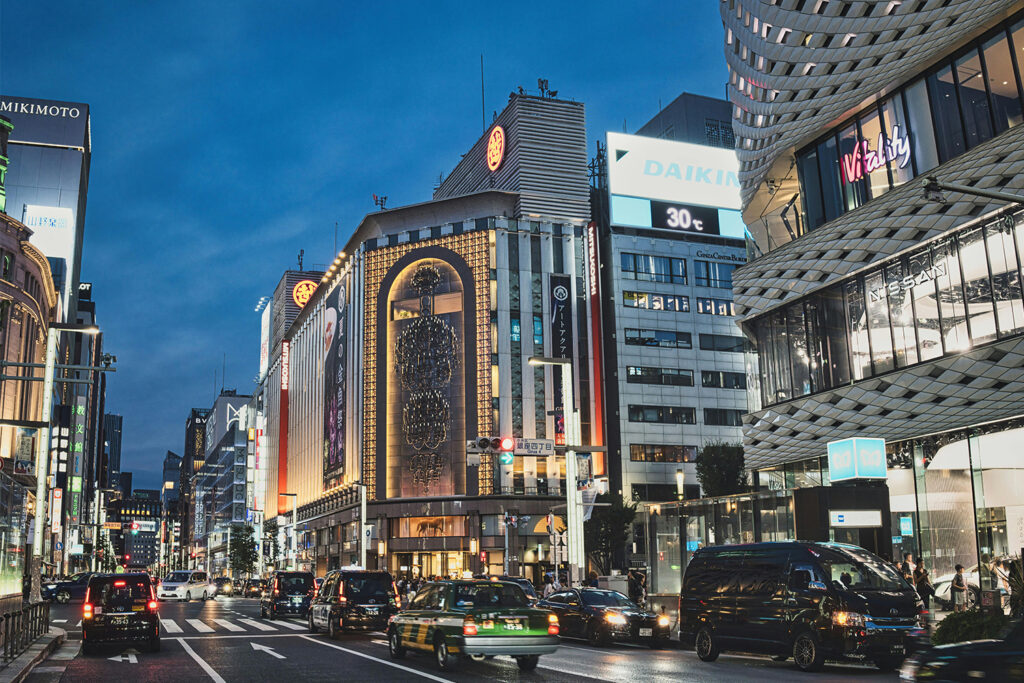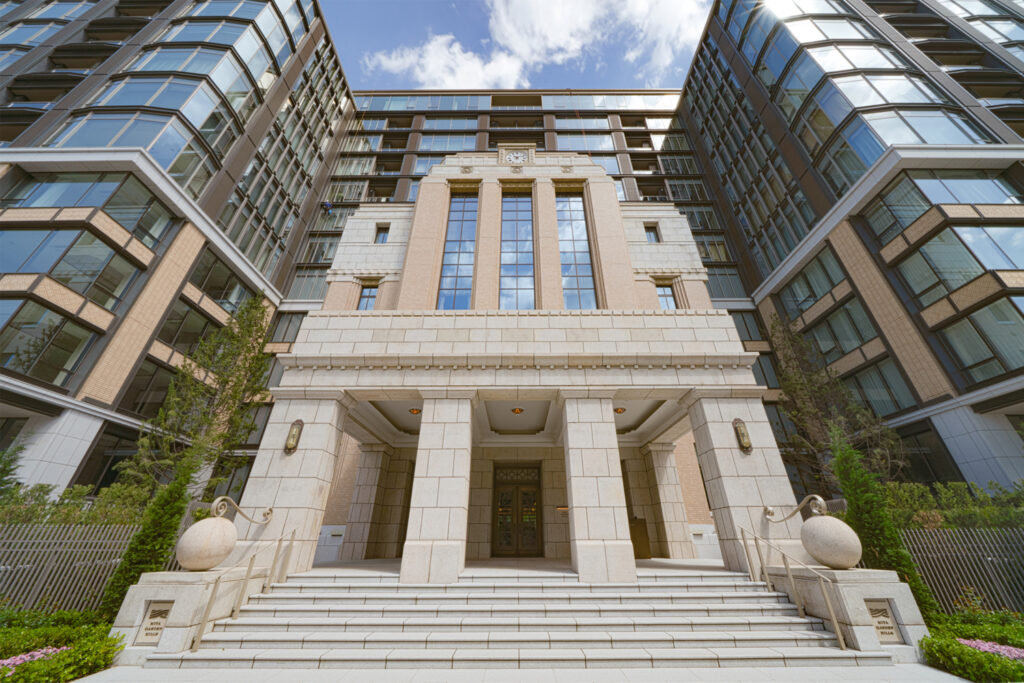While Minato and Shibuya Wards get a lot of attention as well as Chuo Ward where Ginza is located, there is one ward that consistently beats them all in terms of land value preservation and appreciation.
That ward is Chiyoda Ward. Located in the geographic centre of the city, Chiyoda Ward holds value the best in down markets while rising the most aggressively in up markets.

While all central 5 wards saw higher POST-GFC market bottoms than PRE-GFC bottoms, Chiyoda Ward saw the highest differential between the two market dips with POST-GFC Chiyoda ward significantly higher than PRE.

Chiyoda ward is second only to Chuo Ward in overall price gains but it is important to realize that the Ginza addresses in Chuo are what is behind the seemingly stratospheric increases. Non-Ginza addresses are rising at a much more nominal rate leading to skewed data.
This leaves Chiyoda Ward the clear leader in terms of price rise uniformity for the central 5 wards.
The ingredients behind this are several and fundamentally significant. For centuries, Tokyo has always placed the Emperor in the centre of the city which made the location the easiest to protect and defend from attacks. In this age of GPS and air technology, this isn’t as much a benefit now as it has been historically however over the centuries in Japanese culture, the closer one was in business and residence to the Emperor was seen as a status symbol; the closer you were the more powerful, relevant and influential you were perceived.
This created a lot of demand with relatively little inventory; in addition to the Ward being home to the expansive Emperor’s Palace Ground, the ward is also home to other governmental property as well – The National Diet Grounds, Hibiya Park, Kitnomaru Park, the Supreme Court of Japan building, and other numerous federal and municipal offices, tax offices and legal affairs bureaus.
Chiyoda Ward has a higher than average share of large roads as well so putting road allocation together with other publicly owned lands and that of the royal family, there isn’t much land left over for private trading in both commercial and residential spheres.
This in turn puts together a consistently high demand / low supply environment in which prices only have one direction they can go; up.

One could argue that the younger Japanese do not hold proximity to the Emperor in as high of a value as their predecessors but given the rise of Tokyo’s population in both Japanese and foreign residents, all boats are rising in this high tide regardless.
What sets Chiyoda Ward apart from the others though is that its inherent geographical design was meant for the public good first, private good second. This means residential property scarcity is so baked into the ward and shouldn’t be seen as an anomaly that can be rectified easily.
It is this combination of scarce privately tradable land mixed with a rising population that allows the ward to outperform against all other wards’ fundamental ingredients show no sign of changing anytime soon.











